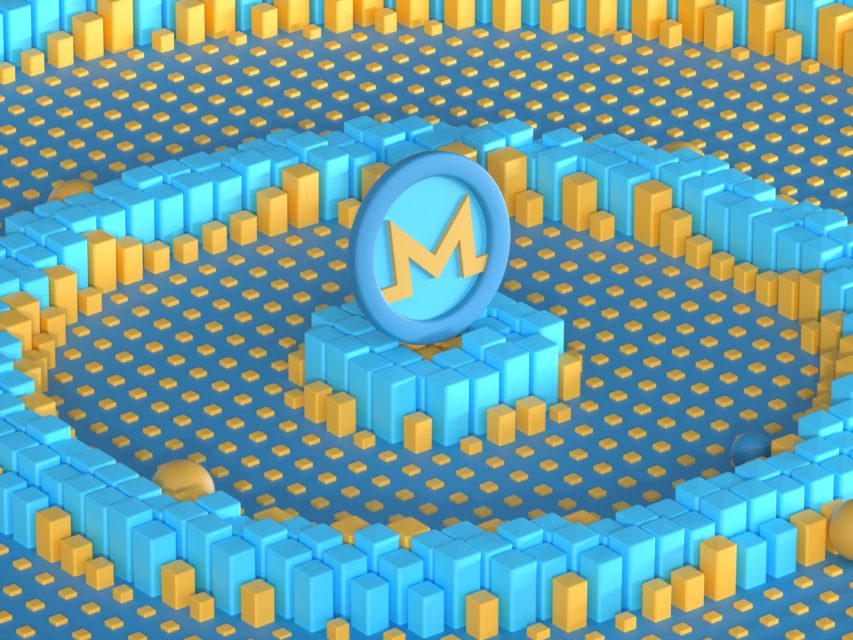The Mempool is where transactions that have not yet been confirmed and pending on blockchain nodes are met. In other words, your orders will automatically join the waiting queue in the mempool before they are processed.
What Does Mempool Do?
Mempools are an integral part of how a blockchain node works. That is, confirming a blockchain transaction involves incorporating it into a new block on the network. However, not all participants in a network can create new blocks. For example, only crypto miners can create blocks on proof-of-work blockchains like Bitcoin. Then, in proof-of-stake blockchains like Ethereum, only validators can create blocks.
Therefore, when you sign a transaction, you must trust a miner or validator to add it to a block and publish it on the network. However, there may be some time between you confirming the transaction and it is broadcast on the network. Meanwhile, the process needs a place to wait, and it does so in a place called mempool.
How Mempool Works
It is important to note that there is not only one mempool per chain. In fact, every node in every chain has a mempool and each receives different transactions at different times. So how exactly does this system work?
Transactions in a mempool have two possible states, queued or pending. Queued transactions become pending transactions when nodes validate them. Then miners can only add pending transactions to a block.
Imagine you decide to send 1 ETH to a friend. Enter your friend’s wallet address, set the gas price, and click “Submit”.
At this point, your transaction enters your mempool as a “queued” transaction. From there, it is broadcast throughout the node system. However, it is not yet joined to the blockchain.
Instead, each node checks to make sure the queued transaction is valid. If the nodes do not find a problem, the process changes from “in queue” to “pending”. At some point, a miner or validator will take the pending transaction from its node’s mempool and add it to a new block. Then your transaction is confirmed and your friend gets that 1ETH. Then the rest of the nodes communicate with each other to remove the process from their mempool.

How Can I Remove My Transaction From Mempool?
It can be difficult to get your process out of the mempool. You have several options for this and it is certainly not a one-size-fits-all operation. What you decide to choose will depend on how your process got stuck in the mempool in the first place.
There are three main options to choose from, but it’s important to note that their exact methods will vary from blockchain to blockchain.
Cancel Transaction
You can cancel your transactions on blockchains. However, doing so will cost another transaction fee. This is not possible directly through Ledger Live. So, if you want to cancel an Ethereum transaction with your Ledger, you should make sure to read the Academy guide on how to connect your Ledger to a third-party wallet like Metamask. Using this method is as simple as hitting the “cancel” button on your wallet’s interface.
You can also cancel Ethereum transactions using a more advanced method. This includes sending a transaction with the same no.
Speed Up the Process
You can speed up transactions on both Ethereum and Bitcoin by connecting your Ledger to third-party wallets such as Metamask and Electrum respectively. However, doing so will cost more than your cryptocurrency.
Wait a little longer
Your last option is to wait a little longer. If your gas charge isn’t too low and the network is just congested, your trade should eventually happen. In the worst-case scenario, you may have to wait a few days.





